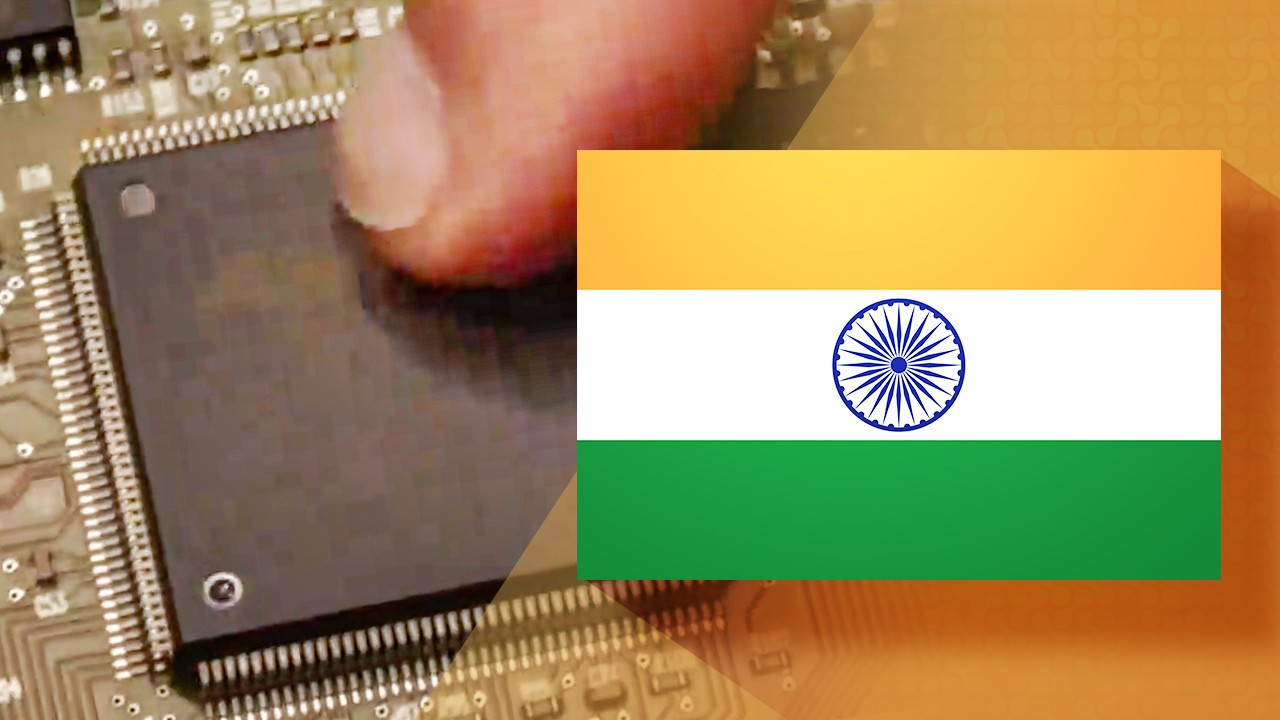New Frontier
In a remote part of India's western state of Gujarat stands a vast building that encapsulates the central government's bold plan. The building is part of the emerging Dholera Industrial City, a 920-square-kilometer site that is expected to host India's first semiconductor manufacturing plant.
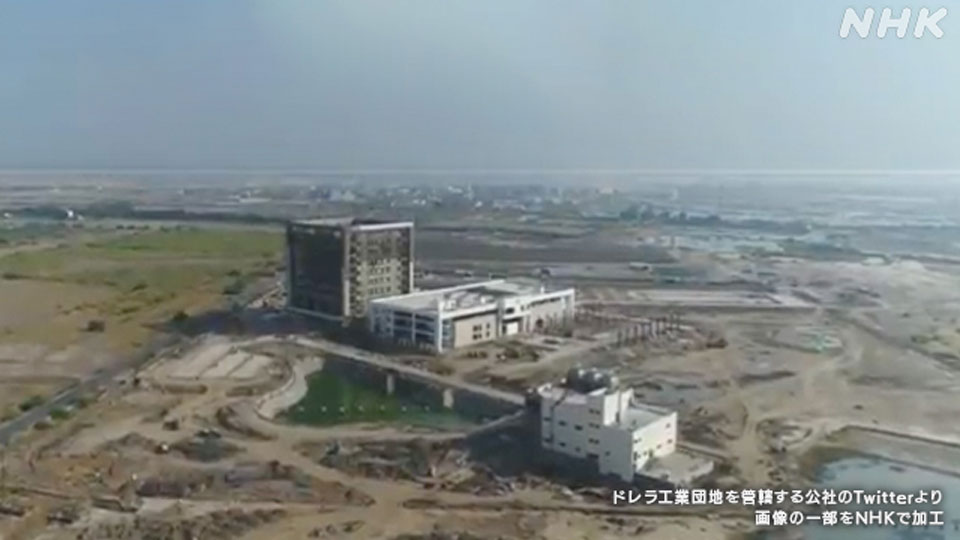
Construction of the edifice is just beginning, an official says, but work on the plumbing and other underlying infrastructure started some time ago. Nearby, workers are building a new international airport and a highway that will connect the site with major cities to facilitate delivery of the semiconductors both domestically and around the world.
"We're very confident that definitely early days we become one of the most important manufacturers in India and the world," declares Hareet Shukla, Senior Secretary for the Government of Gujarat, the organization set up by the central and state governments to oversee the project.
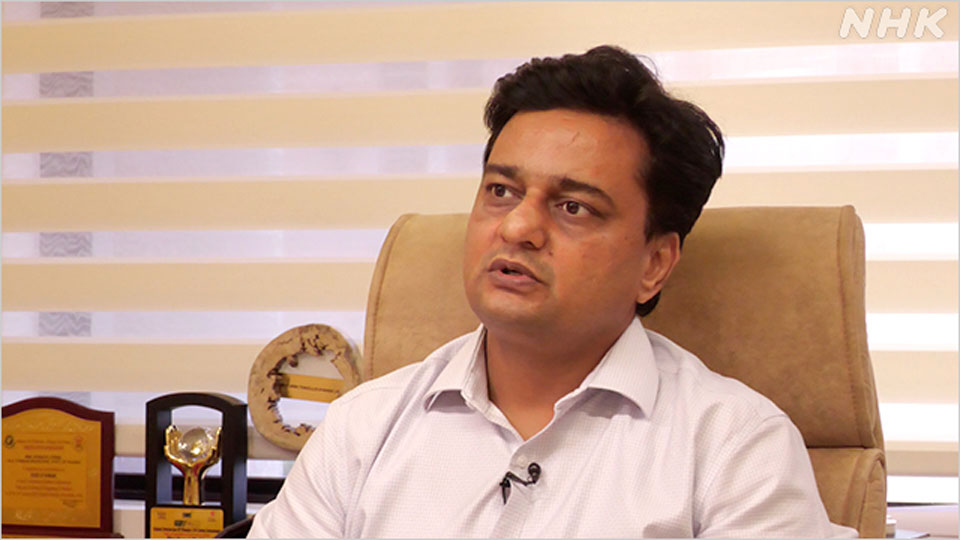
Burning ambition
In December 2021, the Indian government announced it was earmarking 760 billion rupees, or more than 9 billion dollars, to build and nurture chip-making and related industries. It remains one of the most expensive projects under the government of Prime Minister Narendra Modi, which says up to half of the money will be used to build semiconductor manufacturing plants.
"It is our aim to establish India's position as a principal partner in the global semiconductor supply chain," Modi told a semiconductor conference the following year.
On a visit to the United States this June, the Indian leader met with the CEO of semiconductor giant Micron Technology, agreeing on a deal that will see the US firm set up a 2.5-billion-dollar chip testing and assembly plant at the Dholera site.
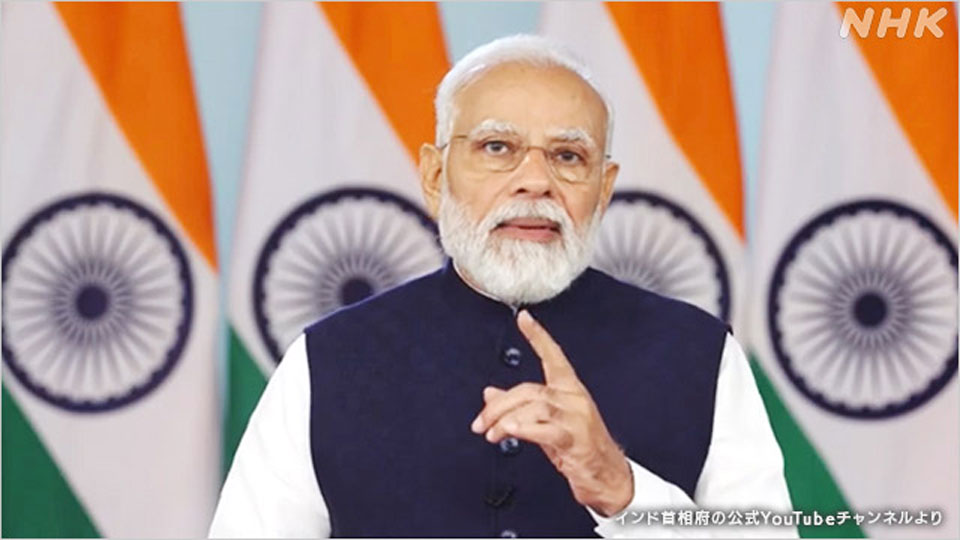
Shifting focus
It won't be the first factory at the new city. That project is being handled by Indian mining conglomerate Vedanta Limited , a newcomer to the semiconductor industry.
In 2022, Vedanta partnered with Taiwanese iPhone manufacturer Hon Hai Technology Group, known internationally as Foxconn, to manufacture chips and display panels in India, with the aim of producing 40,000 wafers a month by 2027.
But in July this year, Foxconn backed out, citing delays in progress. Vedanta is pressing ahead, however, telling NHK recently that it has "already found a new partner."
American CEO
The man headhunted to lead Vedanta's semiconductor project is American CEO David Reed, a businessman with extensive experience in the semiconductor industry in the United States and Japan. In an interview with NHK, Reed spoke about his excitement at the task ahead.
"I moved to Japan in the '90s because Japan was the king of the semiconductor," he said. "So now [is] probably India's moment. We will have first revenue in the first half of 2027."
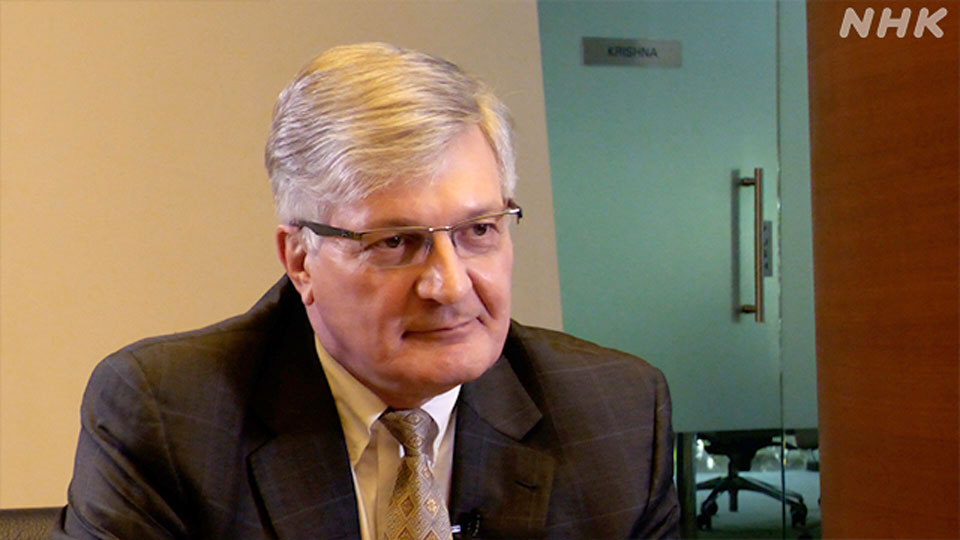
Trade deficit problem
One of the biggest obstacles to India's ambitions is its entrenched trade deficit. The balance has been in the red for 34 months in succession, a problem stemming in part from India's heavy dependence on imports of crude and other resources.
Another contributing factor is its weak manufacturing sector, which means the population is heavily reliant on imports for electrical goods such as smartphones, owned by more than 600 million people across the country.
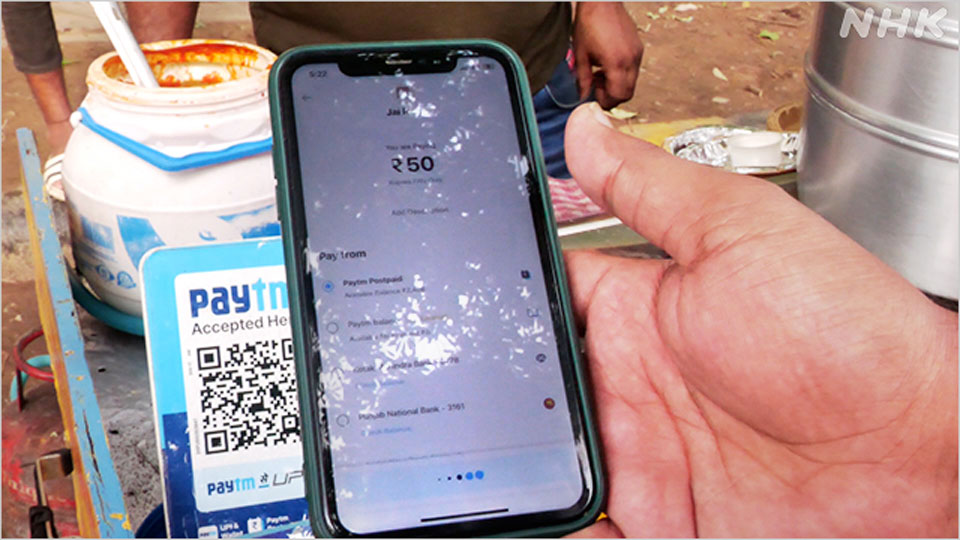
While Chinese smartphone brands such as Xiaomi and Oppo do manufacture handsets in India, they still have to import essential semiconductor components.
Experts say that by establishing a domestic chip-making industry, the government can start to turn this situation around.
"As India's electronics market continues to expand year on year, it's expected that semiconductor imports will increase substantially," says Kojima Makoto, Professor Emeritus at Takushoku University. "Enabling domestic production is a matter of priority for the Indian government."
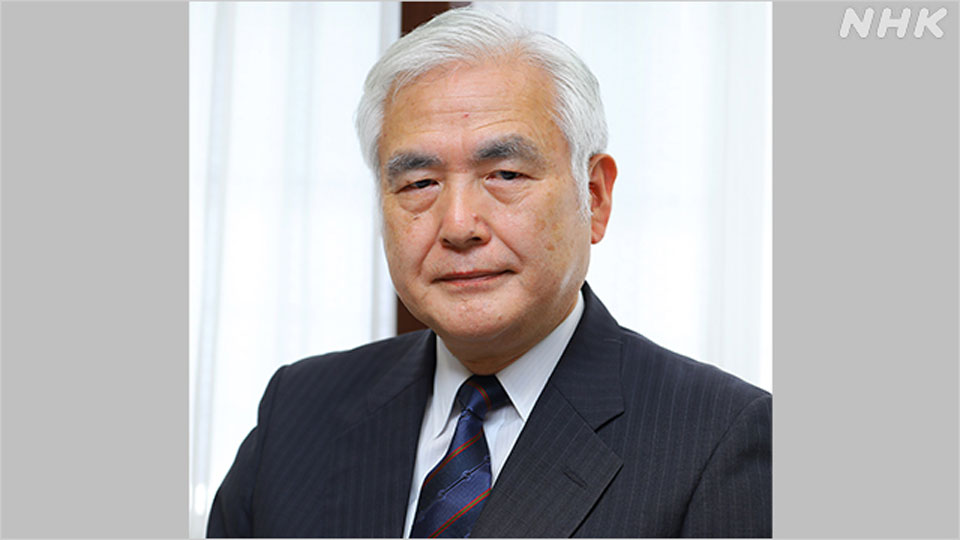
A dream too far?
Other experts, such as Minamikawa Akira, a director at British analyst and consultancy firm Omdia, question whether India's grand plan is realistic.
"India has tried semiconductor manufacturing in the past but it was not judged a success," he says. "Semiconductor production requires a secure power supply along with abundant water and a highly skilled workforce. The supply chain is also important. It can't be done by a single manufacturer. It's not possible to produce semiconductors without bringing together at least ten times as many related companies."
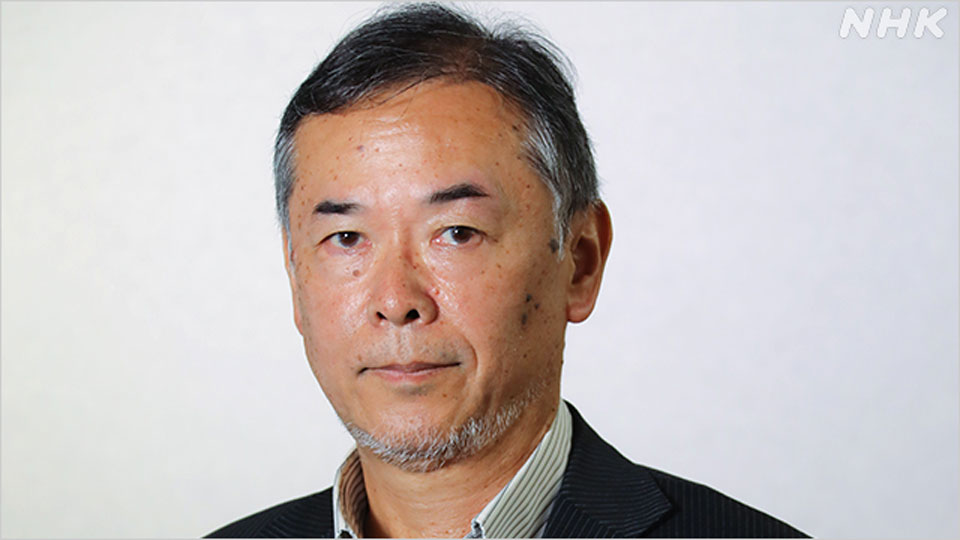
India is the world's fastest-growing big economy and, according to a forecast by the International Monetary Fund, is set to eclipse Germany and Japan by 2027, becoming the third-biggest in the world.
The Modi government's aspirations to turn the country into a major supplier of semiconductors could make a significant contribution to that economic trajectory. But as Minamikawa notes, a lack of precision manufacturing expertise, as well as limited supplies of water and electricity — all critical to chip-making — remain major obstacles.
The irony for India is that to overcome these limitations and become more technologically self-reliant, it may ultimately need to invest heavily in alliances with the outside world.
